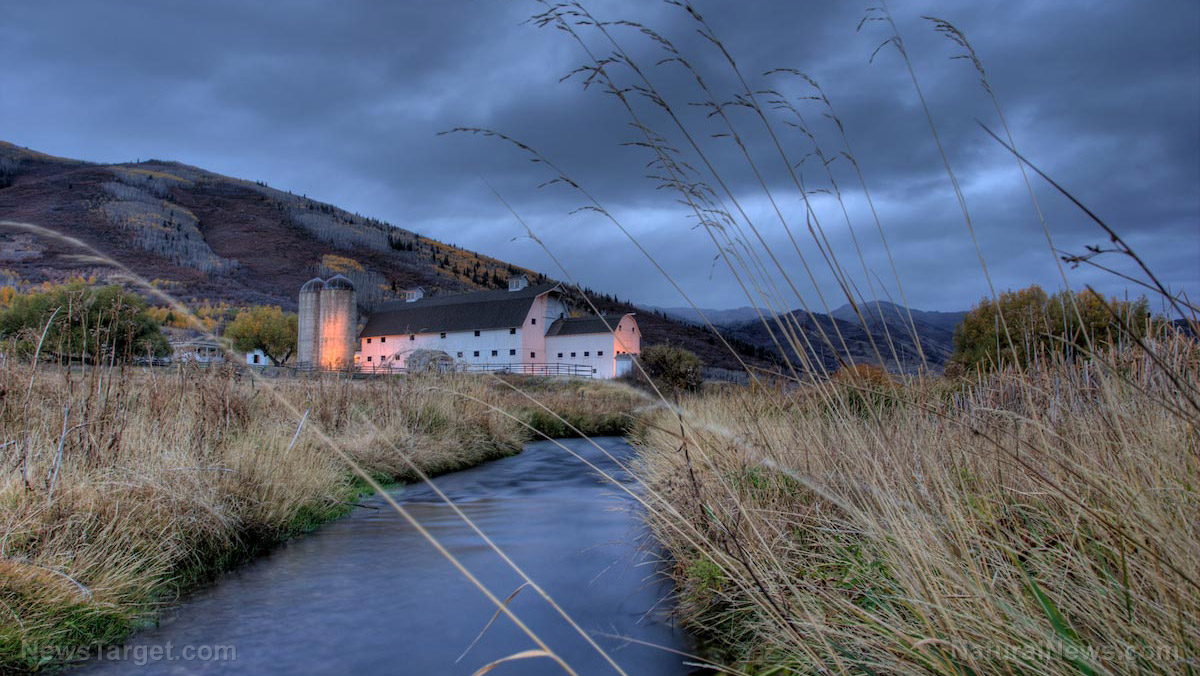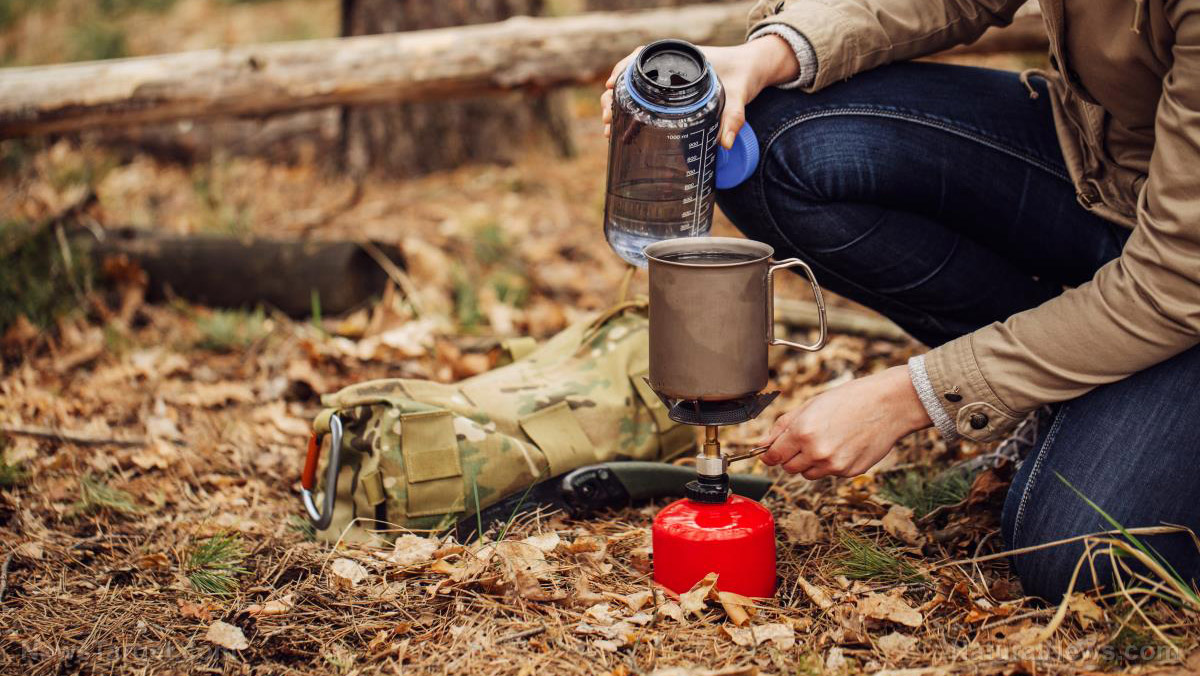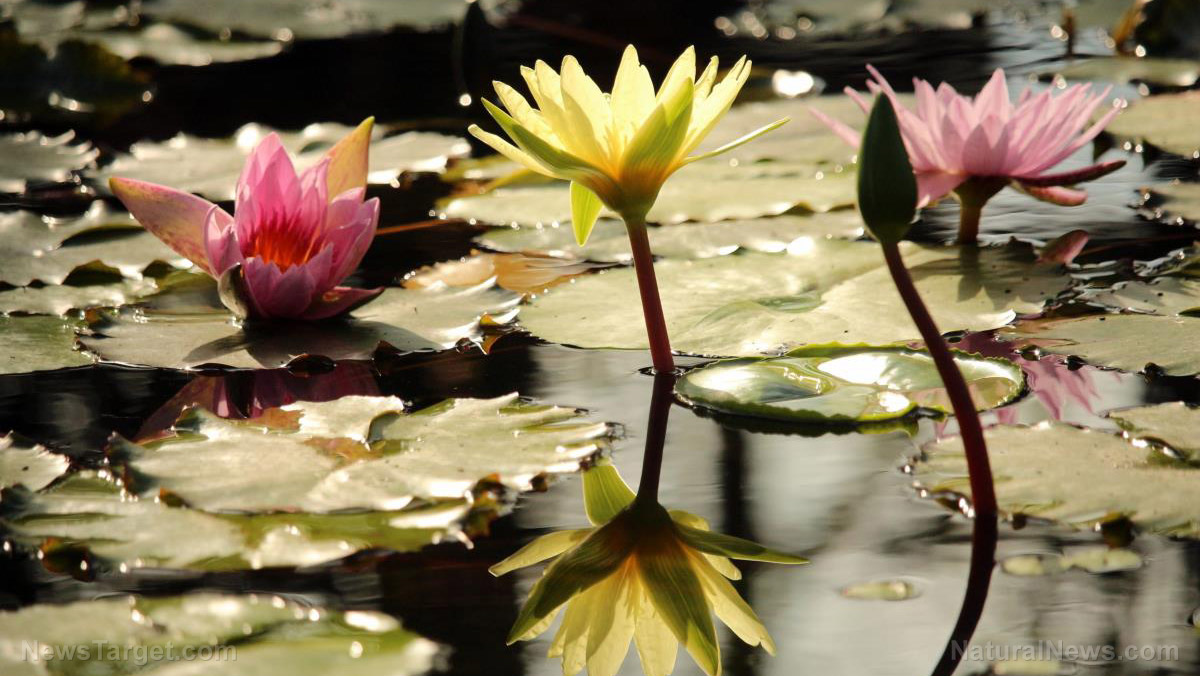Hidden water sources you can find inside and outside your home
12/13/2018 / By Mary Miller

You won’t last for more than three days without clean drinking water. Having a reliable source of potable water when SHTF can easily mean the difference between life and death. When faced with such dire challenges, preppers should be smart enough to find or procure their own water supply to survive. Here are some of the best places to find hidden sources of water inside and outside your home. (h/t to PreppersWill.com)
Outdoor sources of water
- Rainwater. One of the simplest and safest ways to collect water is by catching rainwater. It is a very straightforward method that also has the lowest risk of bacterial infection. However, you should still boil, filter or chemically treat your water if you can before drinking it. Use every clean container that you can use to collect rainwater, such as bottles, cans, tarps, and rain jackets. Make improvised funnels to maximize the amount of water you can collect. The only downside to this method is that it is highly unpredictable and relies heavily on the weather.
- Wild water. You can find water in the wild by following game trails or flocks of birds flying in the early morning and early evening. This should lead you to nearby ponds, rivers, lakes, and streams. Bodies of water that are clear and flowing, rather than stagnant, are likely to have fewer bacteria in them. However, these are obvious sources of water. If other people have the same idea, you may have to fight for your share of water, but it is better to negotiate a fair compromise peacefully. (Related: How to find water sources in the wild like a pro.)
- Morning dew. During nighttime, the cold temperatures cause moisture in the air to condense and collect on exposed surfaces, such as grass and vegetation. By morning, you can collect this condensation by tying a clean, absorbent cloth around your ankles or lower legs and walking through the dew-soaked grass as quickly as you can. Time is of the essence as dew can quickly evaporate. Once you have collected enough water, you can squeeze it out of the cloth and into a container.
- Swimming pools. Swimming pools in urban areas are often overlooked sources of water due to the dangerous levels of chlorine they typically contain. However, you can get around this by securing the pool and allowing the water to sit for a while. Since chlorine is heavier than water, it should sink to the bottom over time. Once enough time has passed, you can collect water from the surface of the pool and treat it before drinking it.
Indoor sources of water
- Hot water tanks. Many homes have tanks to store hot water for warm showers and other uses. They can use several gallons of water at a time so they can provide a convenient source of drinking water in a pinch.
- Water pipes. You can get excess water from the water pipes in your home. You need access to a drain valve to drain water from the pipes. You can also locate the lowest point of your home, such as your basement, to cut the water pipe open and allow the water to flow right into a ready container.
- Fresh fruits and vegetables. Fresh fruits and vegetables contain plenty of water and can serve as short-term sources of water to stave off dehydration. Fruits with a high water content include melons, pears, peaches, and coconuts. Cucumbers and tomatoes are vegetables with high water content as well.
- Freezer. If the power grid fails, your freezer will begin to defrost. Any ice cubes you have will eventually melt. Any remaining water condensation will also likely run into a tray at the bottom of your freezer. You can drink this water straight out of their trays or whatever containers you keep them in.
If you want to learn more about clean sources of drinking water, you can read more articles by going to CleanWater.news.
Sources include:
Tagged Under: bug in, bug out, clean water, emergencies, emergency preparedness, indoors, off grid, outdoors, preparedness, prepper, prepping, prepping tips, self sufficiency, SHTF, survival, Survival Tips, survivalist, water sources




















